When the Scottish government paused spending on a list of capital projects, the Highlands was hit hard.
In a project waiting list all of its own, five north projects – including one at Inverness’s Raigmore – were hit.
Not least was the long-awaited plan for a replacement hospital in Fort William – a new and improved version of the Belford.
Many fear this will prevent the hospital from opening in the target year of 2028.
Those fears forced campaigners out on the streets of Lochaber in recent weeks.
But what happens now? And what needs to come next? We spoke to key campaigners about the fight ahead.
‘Of the six rural general hospitals, five of them have had upgrades in the last 40 years – and we’ve had nothing.’
David Sedgwick is a retired surgeon and Angus Macdonald is a local councillor and businessman.
Listen to what they have to say in this video:
David was appointed to a consultant post at the Belford in October 1992.
“At the end of the interview process I was chatting to some of the members of the interview committee,” David said.
“I remember them saying to me: ‘You’ll be in a new hospital within ten years’.”
We now know that didn’t happen – and locals are still waiting.
The current Belford hospital opened in April 1965.
As it creeps towards its 60th birthday it is clear that much has changed in the world of modern medicine.
Why does the Belford need to change?
One key area David says is particularly important is the A&E department, which he describes as ‘the front door of the hospital’.
David suggests that a well designed A&E department would have a safe area within it for those who are struggling with mental illness.
It would also ideally have resuscitation areas and examination rooms of all sizes. He also advises the department should be close to the operating theatre, of which there should be two.
Fort William’s status as the Outdoor Capital of the UK means the number of visits to A&E is greater than most towns of its size.
As many as 15,000 patients are treated in the Belford’s A&E department every year.
“We also need to have access to MRI scanning,” says David.
“Whilst we are being offered visiting services, we would like to see a permanent MRI scanner.
‘We need to be as standalone as possible’
David expects that by the time the new hospital is built, MRI will be an integral part of a patient’s investigation – much like that of an ultrasound.
Ultrasounds are commonly used to assess gallstones, kidneys and other parts of the body.
He says: “When I first came, we only had a visiting [ultrasound] service once a fortnight.
“So if a patient came in with suspected gallstones, do we send them up to Inverness in an ambulance 70 miles up the road to confirm it? Or do we wait?”
“And this could be the issue with a visiting MRI service.
“Do we send the patients, or do we make them wait?”
Highland councillor Angus MacDonald has some suggestions too.
He thinks the area needs a care home next to the new hospital to help cope with Lochaber’s ageing population.
“We need to be as standalone as possible,” says Angus.
“Raigmore is too small for its job as it is, so we need a bigger fully-functioning hospital here.
“We have a major demographic change going on across the whole of Britain – but particularly in the Highlands.”
According to NHS Highland, in 2022 more than one in five Lochaber residents were over 65.
He says having the new care home “would really future-proof us for the next 30 or 40 years”.
What’s the next step for the Back The Belford Build campaign?
David says the next stage will involve discussions with Cabinet Secretary for Health Neil Gray, and potentially Finance Minister Shona Robison.
The aim is to ask for the next allocation of money so the design and planning process of the new hospital can be completed.
David says: “It’s been great to have cross-party support. Thankfully our MSP Kate Forbes has been having discussions with the Cabinet Secretary already.
“She and a number of the list MSPs for our area have asked questions in Parliament, and it does sound that there is a willingness to find the money.
“We would love to have that opportunity to discuss it with Neil Grey, the Cabinet Secretary for Health particularly.”
A rally was held in support of the Back The Belford Build campaign on March 16. As many as 1,000 people attended the march.
Members of each of the main parties were present and spoke in support of the campaign.
Angus MacDonald spoke at the event. The local businessman says he is still hopeful the new Belford hospital will be built in 2028.
“We really achieved our aim of lifting awareness of the issue.
“There’s quite a lot of pressure from political parties of all persuasion on NHS Highland to agree to move to the final stage.”
However, until funding is granted to progress the Belford plans he says there is “no guarantee” it could be built for 2028.
“We are just pleading with them to give us priority over the other projects.”
Scottish Government to publish revised investment details ‘in the coming weeks’
The Scottish Government was asked for Neil Gray’s current position on the delay in Fort William getting a new hospital.
A spokesperson said: “Based on the latest forecasts, our block grant for capital is expected to reduce in real terms by over £1.3 billion by 2027-28.
“The result of this cut is that new health capital projects have currently been paused for the moment.
“Our emphasis for the immediate future will be on addressing backlog maintenance and essential equipment replacement.
“We are preparing our revised infrastructure investment pipeline and anticipate this will be published alongside the medium-term financial strategy in the coming weeks.”
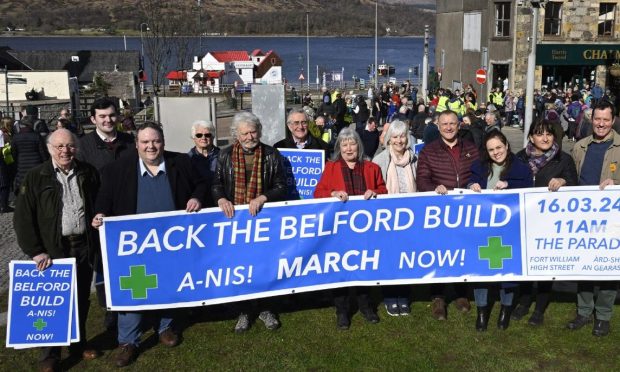
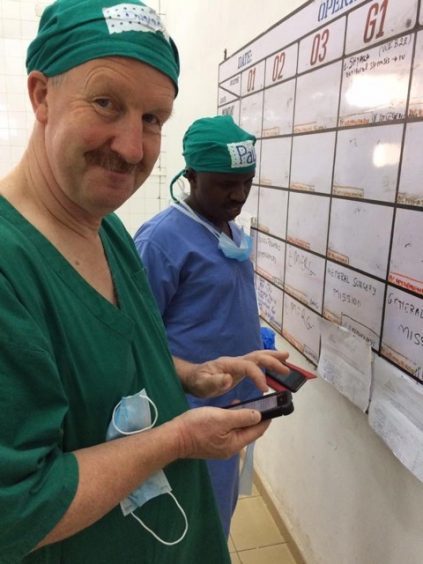
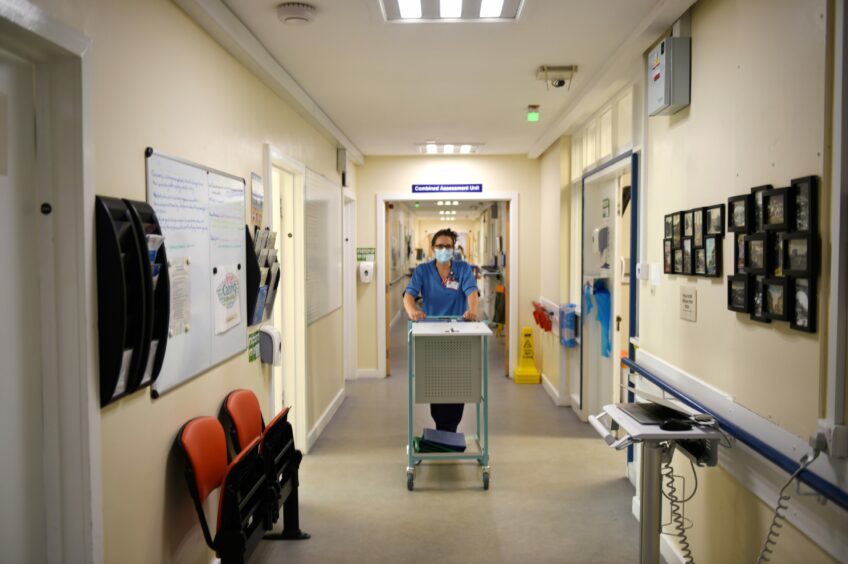
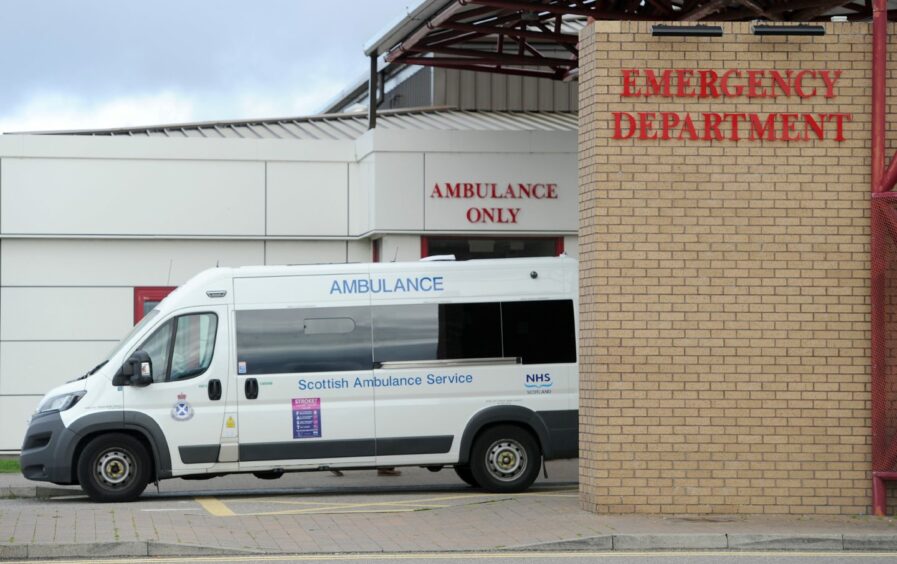
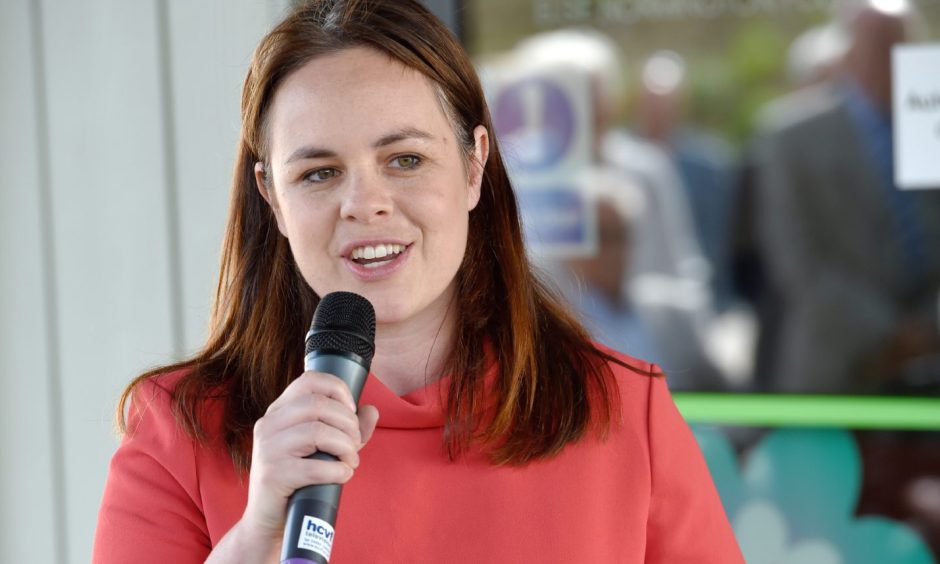
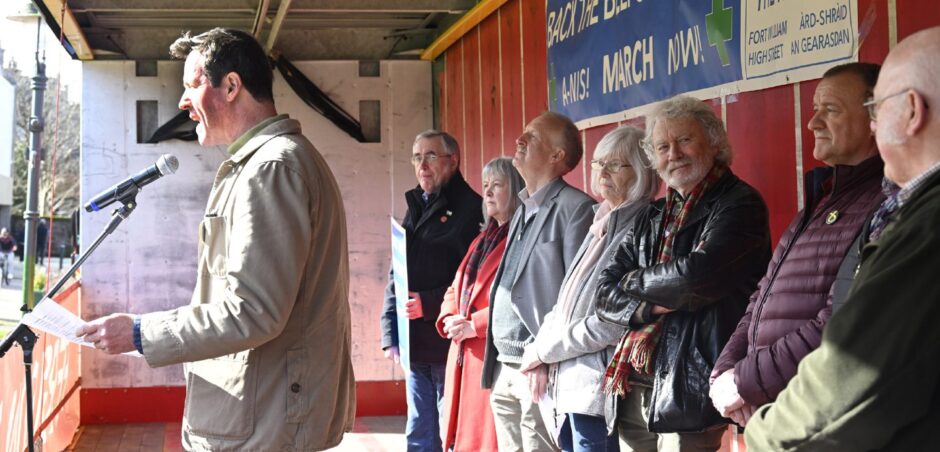
Conversation